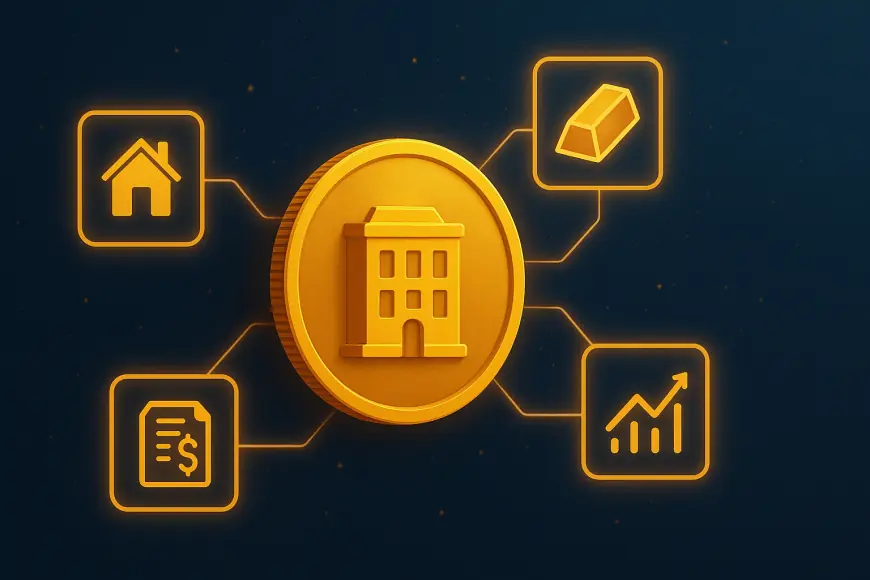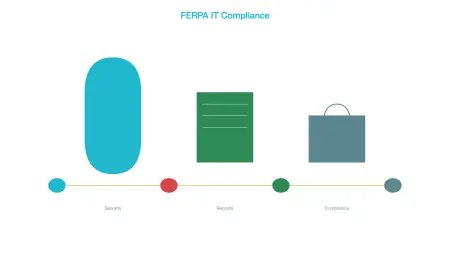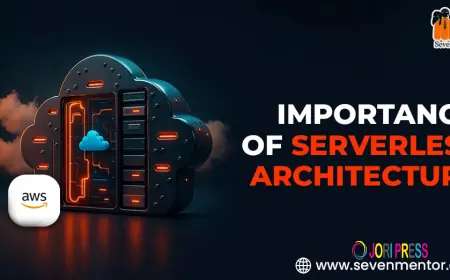Real World Asset Tokenization: The Missing Link Between DeFi and Traditional Finance

Decentralized Finance (DeFi) has grown into one of the most disruptive movements in the financial world, promising to create an open, transparent, and accessible alternative to traditional banking. Yet, despite its rapid rise, DeFi has largely operated within the realm of cryptocurrencies and digital-native assets. On the other hand, traditional finance still holds immense control over real-world assets such as real estate, commodities, bonds, and equities. For years, the challenge has been finding a bridge that connects these two parallel ecosystems. That bridge is Real World Asset (RWA) tokenization—a process that transforms physical or traditional financial assets into blockchain-based tokens.
By enabling real-world assets to move fluidly within DeFi, tokenization not only enhances liquidity but also unlocks new opportunities for both retail and institutional investors. In many ways, it represents the missing piece needed to merge the innovation of DeFi with the stability and scale of traditional finance.
Understanding Real World Asset Tokenization
At its core, real world asset tokenization is the process of converting ownership rights of tangible or traditional assets into digital tokens that can be issued, traded, and managed on blockchain networks. For example, a luxury property worth $5 million can be divided into digital tokens, each representing a fractional ownership stake. These tokens can then be bought or sold in DeFi marketplaces, allowing investors across the globe to access opportunities previously reserved for the wealthy or institutional players.
The significance of this process lies in the way it democratizes ownership, reduces friction in transactions, and injects real economic value into blockchain ecosystems. Unlike cryptocurrencies whose value is often derived from speculation or algorithmic scarcity, RWA tokens are anchored to tangible assets, adding trust and stability to the volatile DeFi landscape.
Why DeFi Needs Real World Assets
DeFi protocols have made significant strides in reshaping lending, borrowing, and yield generation. However, most of the collateral that fuels DeFi today comes from crypto-native assets such as Ether, Bitcoin, or stablecoins. This creates an insular ecosystem that is vulnerable to crypto market volatility.
By integrating RWAs, DeFi can expand beyond its self-referential loop. For instance, tokenized government bonds or real estate can be used as collateral in lending protocols, offering safer, more stable backing for loans. Similarly, investors can earn yields tied to real-world cash flows—such as rental income or bond coupons—rather than depending solely on speculative trading. In this way, RWAs bring resilience, scalability, and sustainability to the DeFi model.
Traditional Finance’s Struggle with Accessibility
Traditional finance is built on well-established systems, but it also suffers from inefficiencies and exclusivity. High-value assets such as prime real estate, fine art, or private equity funds are often restricted to high-net-worth individuals or institutions with the capital and connections to participate. Transaction processes are slow, intermediaries take significant fees, and cross-border investment opportunities are bogged down by regulations and paperwork.
Real world asset tokenization breaks down these barriers. By fractionalizing ownership, it allows a broader pool of investors to participate in asset classes that were once inaccessible. The liquidity created through token trading also makes it easier to enter or exit investments, something traditional markets often struggle to offer for illiquid assets. In this sense, tokenization is not just a technological innovation but also a financial equalizer.
The Role of Blockchain in RWA Tokenization
Blockchain technology provides the backbone for RWA tokenization, offering security, transparency, and immutability. Every transaction is recorded on-chain, ensuring that ownership records cannot be altered or disputed. Smart contracts automate processes such as dividend distribution, collateral management, and compliance checks, drastically reducing the reliance on intermediaries.
For example, in real estate tokenization, blockchain ensures that rental income can be distributed automatically to token holders in proportion to their stakes. Similarly, when government bonds are tokenized, coupon payments can be executed through smart contracts without the need for clearinghouses or custodians. This automation not only improves efficiency but also reduces costs across the financial value chain.
RWA Tokenization as a Gateway for Institutions
Institutional investors have long been cautious about entering DeFi due to regulatory uncertainty and the perceived lack of asset-backed stability. However, the rise of RWA tokenization is changing that perception. When assets like U.S. Treasury bonds, corporate debt, or real estate are tokenized and used within DeFi protocols, institutions gain a familiar entry point into an otherwise experimental sector.
This institutional adoption is crucial because it brings legitimacy and scale. Tokenization offers institutions new ways to manage liquidity, diversify portfolios, and access markets around the clock without geographical limitations. At the same time, it creates deeper liquidity pools for DeFi, reducing risks of market manipulation and volatility. The convergence of these two worlds can lead to a hybrid financial system where blockchain and traditional finance reinforce each other.
Use Cases of RWA Tokenization in DeFi
The impact of real world asset tokenization can already be seen in a range of use cases. In lending and borrowing, tokenized real estate or bonds can serve as collateral, lowering risks for lenders while providing borrowers with greater flexibility. In asset management, funds can create diversified portfolios of tokenized equities, commodities, or infrastructure projects, giving investors fractional exposure with lower entry barriers.
Another growing application lies in supply chain finance, where invoices or receivables can be tokenized and traded in DeFi marketplaces. This not only improves liquidity for businesses but also offers investors new avenues for yield generation tied to real-world commerce. These examples highlight how RWA tokenization is not a theoretical concept but a practical mechanism already reshaping financial interactions.
Regulatory Considerations
While the promise of RWA tokenization is immense, it also raises important regulatory questions. Securities laws, investor protections, and cross-border compliance frameworks must adapt to accommodate tokenized assets. Governments and financial authorities are increasingly exploring frameworks to regulate tokenized securities, stablecoins, and other blockchain-based instruments.
A well-defined regulatory environment will be essential for mainstream adoption. It will provide clarity for issuers, confidence for investors, and legitimacy for DeFi protocols integrating RWAs. The jurisdictions that strike the right balance between innovation and oversight are likely to become global leaders in tokenization markets.
The Benefits of Bridging DeFi and Traditional Finance
The integration of RWAs into DeFi is more than just a trend—it is a structural shift with far-reaching implications. For investors, it offers unprecedented access, diversification, and liquidity. For businesses, it creates new funding models and reduces capital-raising costs. For financial institutions, it provides a path to modernize operations and engage with blockchain without abandoning traditional assets.
Perhaps most importantly, it fosters financial inclusivity. Individuals in regions with limited access to traditional banking can participate in global investment opportunities through tokenized assets. Similarly, small businesses can access liquidity by tokenizing invoices or property without navigating complex banking systems. By bridging DeFi and traditional finance, tokenization has the potential to create a more inclusive, efficient, and resilient global financial ecosystem.
Conclusion
Real world asset tokenization is rapidly emerging as the missing link between DeFi and traditional finance. It injects real economic value into decentralized systems while addressing the inefficiencies and exclusivity of traditional markets. By combining blockchain’s transparency and automation with the stability of tangible assets, tokenization creates a financial environment that is more accessible, liquid, and secure.
As more institutions, regulators, and innovators embrace RWA tokenization, the line between DeFi and traditional finance will blur, giving rise to a hybrid system that leverages the best of both worlds. In this convergence lies the future of global finance—one that is decentralized, democratized, and deeply interconnected.
What's Your Reaction?
 Like
0
Like
0
 Dislike
0
Dislike
0
 Love
0
Love
0
 Funny
0
Funny
0
 Angry
0
Angry
0
 Sad
0
Sad
0
 Wow
0
Wow
0



















































